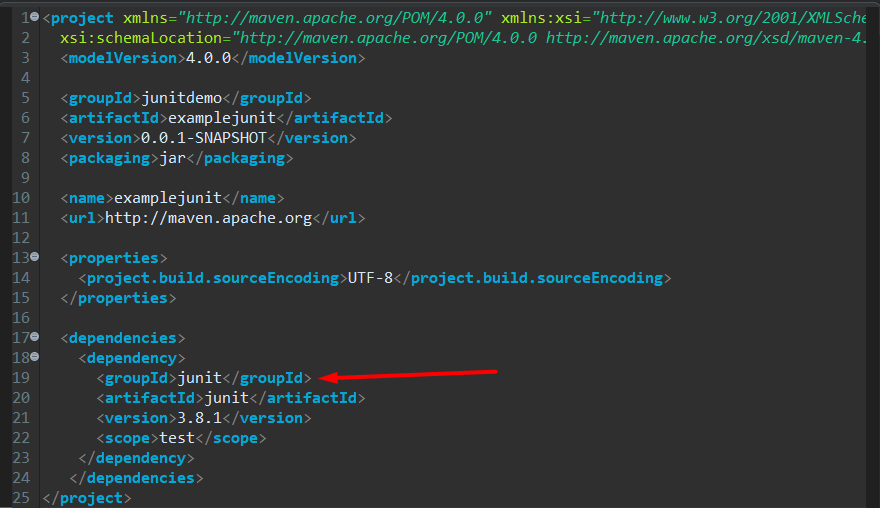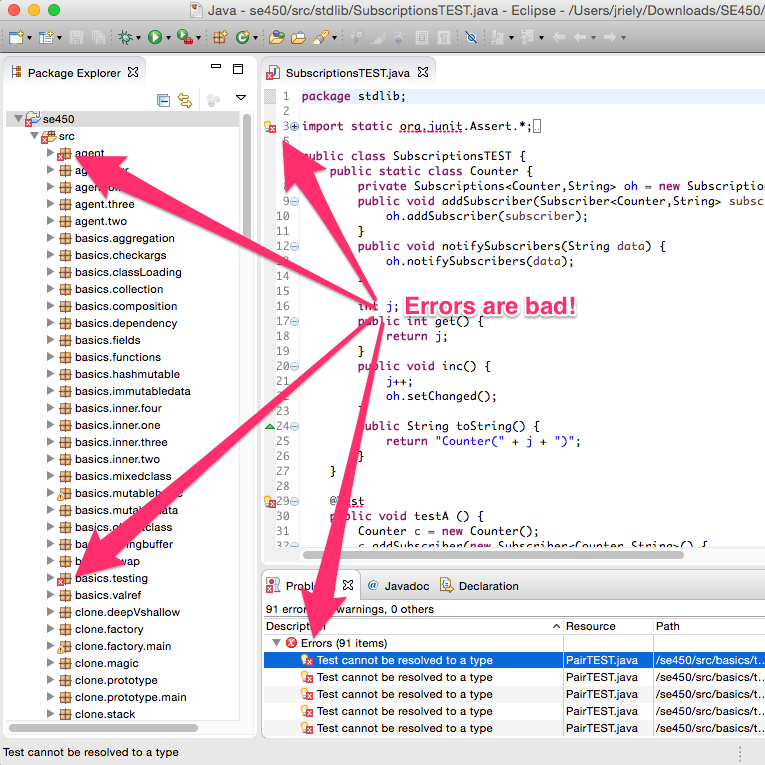

In turn, it reduces the time spent on debugging and stress on the coder. It helps increase the stability of code and the productivity of the coder. However, the approach is more like "test a little, code a little, test a little". JUnit works on the idea of "first test, then code", emphasising testing the code before implementing it. It consists of a group of unit-testing frameworks collectively called xUnit. The testing unit framework for the programming language JAVA is called JUnit.ĭevOps use this application for test-driven development. The original consortium unit consisted of nine members, namely: In November 2001, IBM gave Eclipse to the open-source community and established the Eclipse Consortium. The plug-in feature allows users to use Eclipse with modelling tools, DBMS and network applications.

However, now Eclipse gets used in developing applications for languages like Python, Perl, PHP, COBOL, C, and C++.

These cover:Īt first, Eclipse was developed and used for Java Applications. The runtime system in Eclipse is an assembly of Equinox Open Services Gateway Initiative runtime-built open-source projects. Initially, these got created as IDE (integrated development environment) on Java.

What is Eclipse?Įclipse is an open-source platform that consists of expandable software development apps runtimes, tools, and frameworks. However, before getting into the process, let's understand JUnit and Eclipse in detail. This blog will explain how to download, configure, and install JUnit in Eclipse. This way, one can get Eclipse working before setting up JUnit. To Install JUnit in Eclipse, one needs to download eclipse.exe beforehand. However, installing JUnit can be a lengthy and confusing process.Īs JUnit is a framework of Java, one needs to install Java before JUnit Installation. Nowadays, JUnit is becoming increasingly popular among DevOps specialists.


 0 kommentar(er)
0 kommentar(er)
